While modeling biochemical networks in the cell using Racket, I recognized that I use a certain model for this task. This model resembles a directed graph, with edges pointed not only to vertices but sometimes to other edges.
I wonder is there any distinct name for this kind of model?
Here is an s-expression and a corresponding picture.
(example-object
(vertices v1 v2 v3 v4)
(v1 e1 v2)
(v2 e2 v3)
(v4 e3 e1)
(e2 e4 e3))
